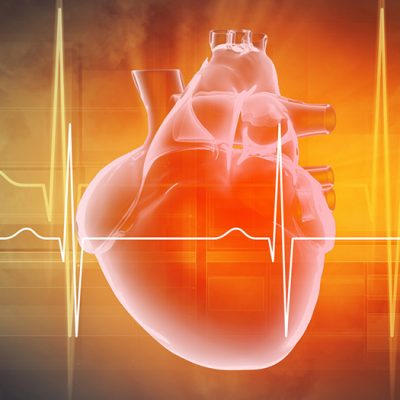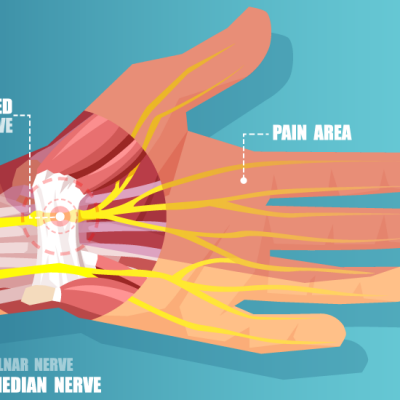Heart disease is the leading cause of death for Australian women. Yet, if you’re like most women, you’re probably unaware of the threat. You may even think it’s a “man’s problem” — even though the fatality rate is almost as high.
“There’s a big gap between what women fear and what really endangers them,” says researcher Ann Taubenheim. “Even if they know about some of the factors that increase the risk for heart disease, they still don’t connect the dots and understand that it’s their life that’s in jeopardy.”
Start Heart Disease Prevention Early
Women are very good at watching out for the health of their family, but not so good at watching out for their own well-being. There’s a lot you can do to protect your heart health but you have to begin today.
You can’t put it off. Heart disease is a ‘now’ problem. Later may be too late. It is recommended that you:
- Go see your doctor or other health care provider and ask about your risk for heart disease
- Find out what steps you can take to lower that risk
- If you already have heart disease, be sure it’s under control. It’s never too late to improve your heart health.
Medical Considerations
Coronary heart disease is the main form of heart disease. It affects the coronary arteries of the heart. Often referred to as heart disease, it develops over many years and may begin early, even in adolescence.
If steps are not taken to prevent or treat it, heart disease can lead to serious complications, including angina (chest pain), heart failure (in which the heart loses its ability to function well), and heart attack. About two-thirds of the women who have a heart attack do not make a full recovery.
Risk Factors, Including Age
Certain factors increase the risk of developing heart disease. These are:
- Smoking
- High blood pressure
- High blood cholesterol
- Overweight/obesity
- Physical inactivity
- Diabetes
- Family history of early heart disease
- Age (for women, 55 and older).
Age is important because women’s risk of heart disease starts to rise during middle age, in part because of the drop in estrogen levels that comes with menopause. But middle age also is when many women develop heart disease risk factors.
Exercise, Nutrition and Other Measures
Fortunately, except for age and family history, the risk factors can be prevented or controlled by lifestyle changes and, if needed, medication. Sometimes special procedures, such as bypass surgery and angioplasty, are used to treat heart disease. But they are not a “cure.” Heart disease and its risk factors must still be controlled.
“We’re not asking women to overhaul their lives overnight,” said Taubenheim. “We’re saying, ‘Make a start.’
You can begin by taking a brisk 30-minute walk today. Make it a habit. Or, if you haven’t been active, then start with a 10-minute walk and work up to 30 minutes a day.
Or, begin to follow a heart-healthy eating plan, which means one low in saturated fat and cholesterol and moderate in total fat. Include lots of fruits and vegetables. How can you start? Tonight, take the skin off the chicken before you eat it. Or, switch from whole to low-fat and then fat-free milk. Start protecting yourself today and you’ll have a better tomorrow.”
Resources and Facts
Taubenheim stresses that women can make these heart-healthy changes with their family. In fact, the sooner heart-healthy habits are learned, the better.
The Heart Truth campaign has plenty of resources to help women adopt a healthier lifestyle. Many are available through the campaign’s website. It includes personal stories from women whose lives have been affected by heart disease.
Heart disease facts
- Heart disease, including coronary heart disease, is the #1 killer of Australian women (see AIWH).
- Around one in every 6 deaths for Australian women is from heart disease — a far higher rate than for breast cancer.
- Women’s heart disease risk starts to rise in middle age.
- One in eight Australian women aged 45-64, and one in three women over 65, have some form of heart disease.
- Nearly two-thirds of Australian women who die suddenly of a heart attack have no prior symptoms.
- About two-thirds of Australian woman women who have a heart attack do not make a full recovery.









